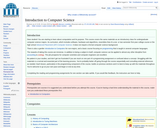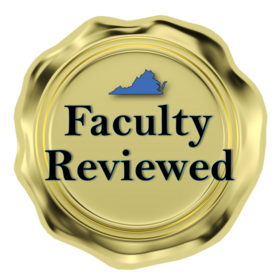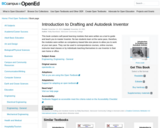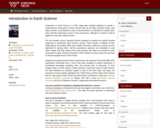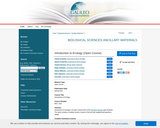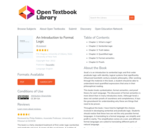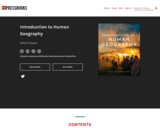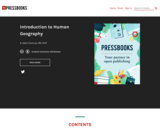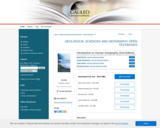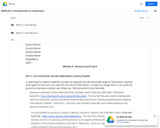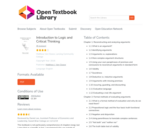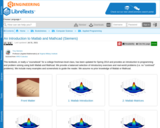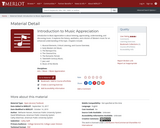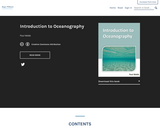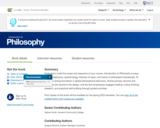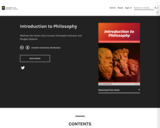Introduction to Earth Science is a 530+ page open textbook designed to provide a comprehensive introduction to Earth Science that can be freely accessed online, read offline, printed, or purchased as a print-on-demand book. It is intended for a typical 1000-level university introductory course in the Geosciences, although its contents could be applied to many other related courses.
This text includes various important features designed to enhance the student learning experience in introductory Earth Science courses. These include a multitude of high-quality figures and images within each chapter that help to clarify key concepts and are optimized for viewing online. Self-test assessment questions are embedded in each online chapter that help students focus their learning. QR codes are provided for each assessment to allow students using print or PDF versions to easily access the quiz from an internet-capable device of their choice.
Adapted from openly-licensed works in geoscience, the sequence of the book differs from mainstream commercial texts in that it has been arranged to present elementary or foundational knowledge regarding rocks and minerals prior to discussion of more complex topics in Earth Science. Unlike prominent commercial texts for Earth Science, this book dedicates an individual chapter to each of the three major rock types, the processes of mass wasting, geological time, Earth history, and the origin of the universe and our solar system. Book content has been further customized to match the Pathways General Education Curriculum at Virginia Tech with a focus on Student Learning Outcomes (SLOs) for Pathways Concept 4, Reasoning in the Natural Sciences.
Are you a professor reviewing or adopting this book for a course?
Instructors adopting or reviewing this text are encouraged to record their use on this form: https://bit.ly/interest_intro_earth_science. This helps the book's sponsors to understand this open textbook's impact.
How to Access the Book
This text is available in multiple formats including PDF, a low-resolution PDF which is faster to download, and ePub [coming mid 2023]. These are linked on the left side of your screen. The book is also available in HTML/Pressbooks at https://pressbooks.lib.vt.edu/introearthscience. Softcover print versions with color interior are available at the manufacturer’s lowest price at https://www.amazon.com/dp/1957213361. The main landing page for this book is https://doi.org/10.21061/introearthscience.
PDF: ISBN 978-1-957213-34-7
HTML/Pressbooks: ISBN 978-1-957213-33-0
https://pressbooks.lib.vt.edu/introearthscience
Print: ISBN 978-1-957213-36-1 (order a print version)
ePub: ISBN 978-1-957213-35-4 [expected mid 2023]
Table of Contents
1. Understanding Science
2. Plate Tectonics
3. Minerals
4. Igneous Processes and Volcanoes
5. Weathering, Erosion, and Sedimentary Rocks
6. Metamorphic Rocks
7. Geologic Time
8. Earth History
9. Crustal Deformation and Earthquakes
10. Mass Wasting
11. Water
12. Coastlines
13. Deserts
14. Glaciers
15. Global Climate Change
16. Energy and Mineral Resources
17. Origin of the Universe and Our Solar System
